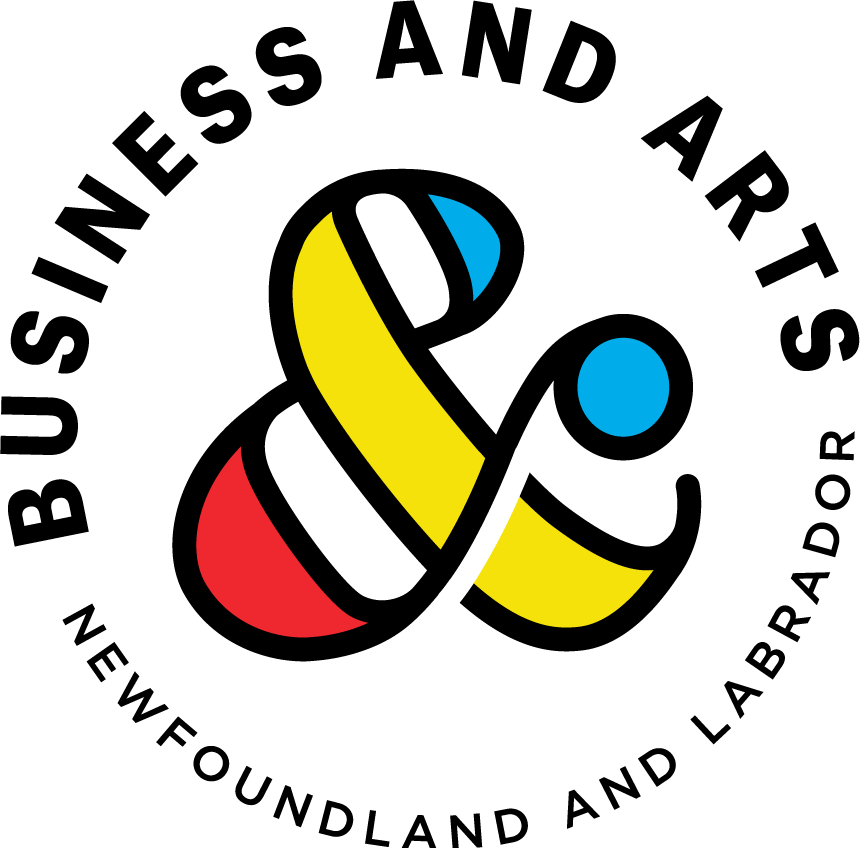Designing Participatory Futures: Q&A with Raïsa Mirza of One Drop Foundation & WabiSabiJetty
Have you ever tried to solve a problem, or envision how something might be in the future, only to find yourself stuck in the same old ways of thinking? Oftentimes, we tend to think in a very linear fashion, which means we don’t always come up with the best solutions, as we leave other possible options unexplored. But what if there was a way to shake things up and force our brains off that hamster wheel?
On November 24, we’re bringing in Raïsa Mirza, Founder of WabiSabiJetty and Director of Innovation at One Drop Foundation, for a very special workshop on futures thinking - a creative and exploratory process that uses divergent thinking, seeking many possible answers and acknowledging uncertainty.
Artists and designers in particular have an important role to play in helping others to envision the future, make sense of information and inspiring action. This workshop aims to empower them to embrace their role in engaging communities to imagine and build a better future.
We recently caught up with Raïsa to learn more about futures thinking and how artists can use it to help effect positive change.
Business & Arts NL: For those who aren’t familiar with the concept of “futures thinking,” can you give us a brief rundown?
Raïsa Mirza: To quote futurist Dr. Sohail Inayatullah, “With futures thinking, we use the future to change the present." Futures thinking seeks to look at the unexpected implications of present-day issues to support and empower individuals and organizations to actively design desireable futures (in plural). The emphasis isn’t on what will happen, but on what could happen, given various observed drivers.
Business & Arts NL: Futures thinking also acknowledges uncertainty. How can we embrace, or use to our advantage, the uncertainty of the times we’re currently in, to help better prepare ourselves for what’s to come?
RM: Today, artists and businesses have access to massive amounts of data and information which is unprecedented. Futures thinking is about looking at data and emerging themes to build models of what might happen. It acknowledges that the future is not linear, and that there can be different scenarios of what unfolds. By developing a futures mindset, people can better prepare for changes and build resiliency, rather than linear models of what the future can hold.
Business & Arts NL: Artists imagine, and create, for a living. How can they best use their skills to help engage others to think about and envision probable futures?
RM: Artists play a fundamental role in imagining the future. As the pace of technology and availability of data increases at an astounding speed, artists, embedded in their communities can support knowledge translation in a way that helps people understand what the possibilities can be for change. They also play a fundamental role in facilitating the development of a collective imaginary, what Cassie Robinson, the Executive Director of the UK's National Lottery Community Fund, calls "imagination infrastructure." Without imagination infrastructure, people get stuck in the same ways of thinking of solving problems and issues. I believe that artists must support the development of an imagination infrastructure in Newfoundland and Labrador in order to help envision the various possibilities of what we could have in the future of the province and this planet.
Business & Arts NL: For those of us who trend toward more one-track thinking, where we can only see one way to solve a problem, what are some things we can do to help make it easier to open our mind in various directions, or to help strengthen our “divergent thinking muscles”?
RM: Our brains hold cognitive biases that are hard to shake off. Many of us were trained to think of the future as "goal setting" about what we want. Unfortunately, we can be rather narrow in our view of the future based on our own experiences and biases. Rather, I invite others to look at trends that they are seeing around them, and to use data (don't be scared, data isn't only numbers, it can also be stories from your communities) as a way to look at the future, then to build various scenarios of what might be possible based on extrapolation of trends. Finally, testing your assumptions through prototyping (building, creating, drawing, co-creating, theatre) can further support if your ideas are correct.
Business & Arts NL: What do you hope artists will take away from this session?
RM: I hope artists see that they are crucial architects to help co-create the future of their communities and that they play a fundamental role in helping others access knowledge and the imagination to build a better world together.
Workshop:Designing Participatory FuturesDate/Time: Wednesday, November 24 from 1-2pm Location: Online via Zoom Price: Free Registration:Click here


